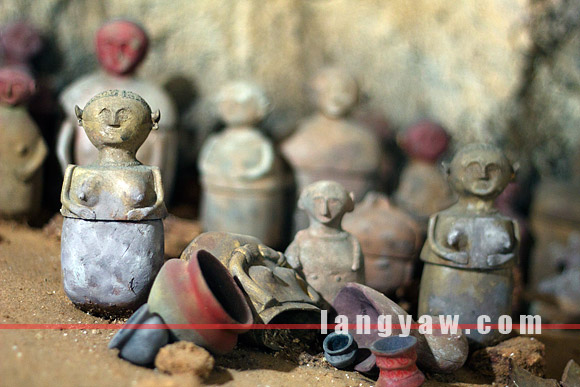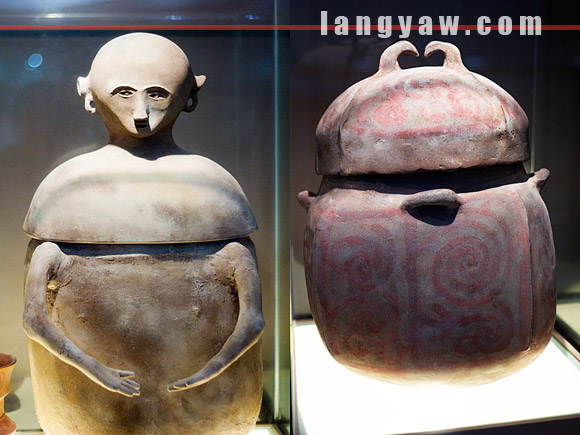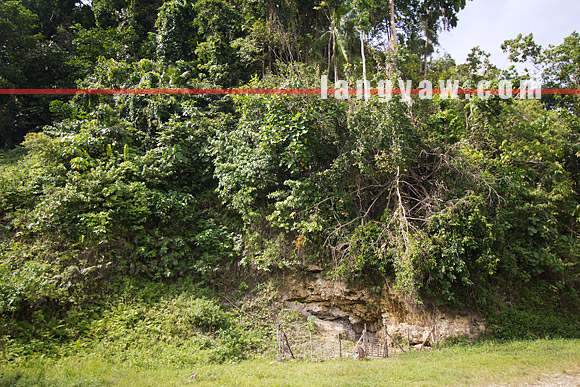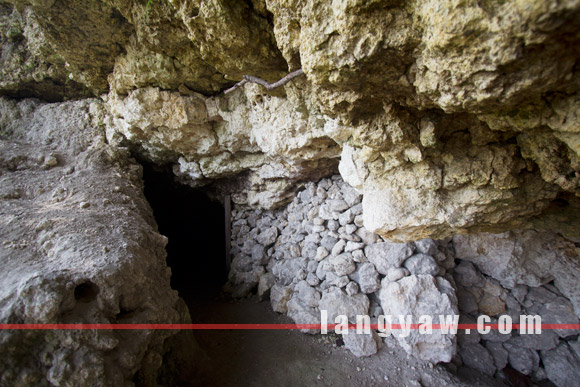
Our Southeast Asian neighbors have nothing of this type of archaeological find. We should be extremely proud as Filipinos in discovering the amazing anthropomorphic potteries, which could suggest the backbone of our own culture. Never before have we seen such a magnificent archaeological assemblage.
 Mindanao, the Philippines’s second largest island has a veil of mystery draped around her. Feared by the uninformed but loved by those who know her true worth and beauty. This series is my tribute for Mindanao, where I’ve been crisscrossing over the years and where a part of me also comes from. Thus spoke Eusebio Z. Dizon, PhD, Museum Curator I, Archeology Division, National Museum during the presentation of a paper at the 14th national Conference on local and National History in 1993.
Mindanao, the Philippines’s second largest island has a veil of mystery draped around her. Feared by the uninformed but loved by those who know her true worth and beauty. This series is my tribute for Mindanao, where I’ve been crisscrossing over the years and where a part of me also comes from. Thus spoke Eusebio Z. Dizon, PhD, Museum Curator I, Archeology Division, National Museum during the presentation of a paper at the 14th national Conference on local and National History in 1993.
Maitum is unique to the Philippines and in the whole of Southeast Asia in that the anthropomorphic (human form) burial jars are very detailed and meticulous, with each unit having a specific head in different emotional states. Archaeologists who studied these artifacts surmise that these might represent specific individuals whose remains are kept inside these jars. Carbon dating reveal that these are 2,000 years old, during the Philippines metal age.


Note that these are secondary burial jars where skeletal remains are transferred to. Depending on the sex of the deceased person, the form of the jar also follows with female remains placed in receptacles with breast like forms while males have penis like projections at the base of the jar.
Compared to other burial sites in the Philippines, Maitum has the most highly sophisticated artistic renderings including other jar forms.


While the place is more pristine than Ayub Cave, it is more delicate and is said to be unstable. I visited the site personally and only a few fragments were found. The cave is a bit small and low but I think there are some passages that leads to other parts of the cave.


The Pinol Cave Formation Area discoveries were declared in 2009 as important cultural property that has been singled out from among the innumerable cultural properties as having exceptional historical and cultural significance to the Philippines.
Visit Maitum now and explore this wonderful municipality rich with natural, cultural, historical and natural wonders that will surely make your visit worthwhile. Contact the municipal tourism office via tourism officer Arlex at +63 919 373 8007.




i have been here twice. love the people and places.